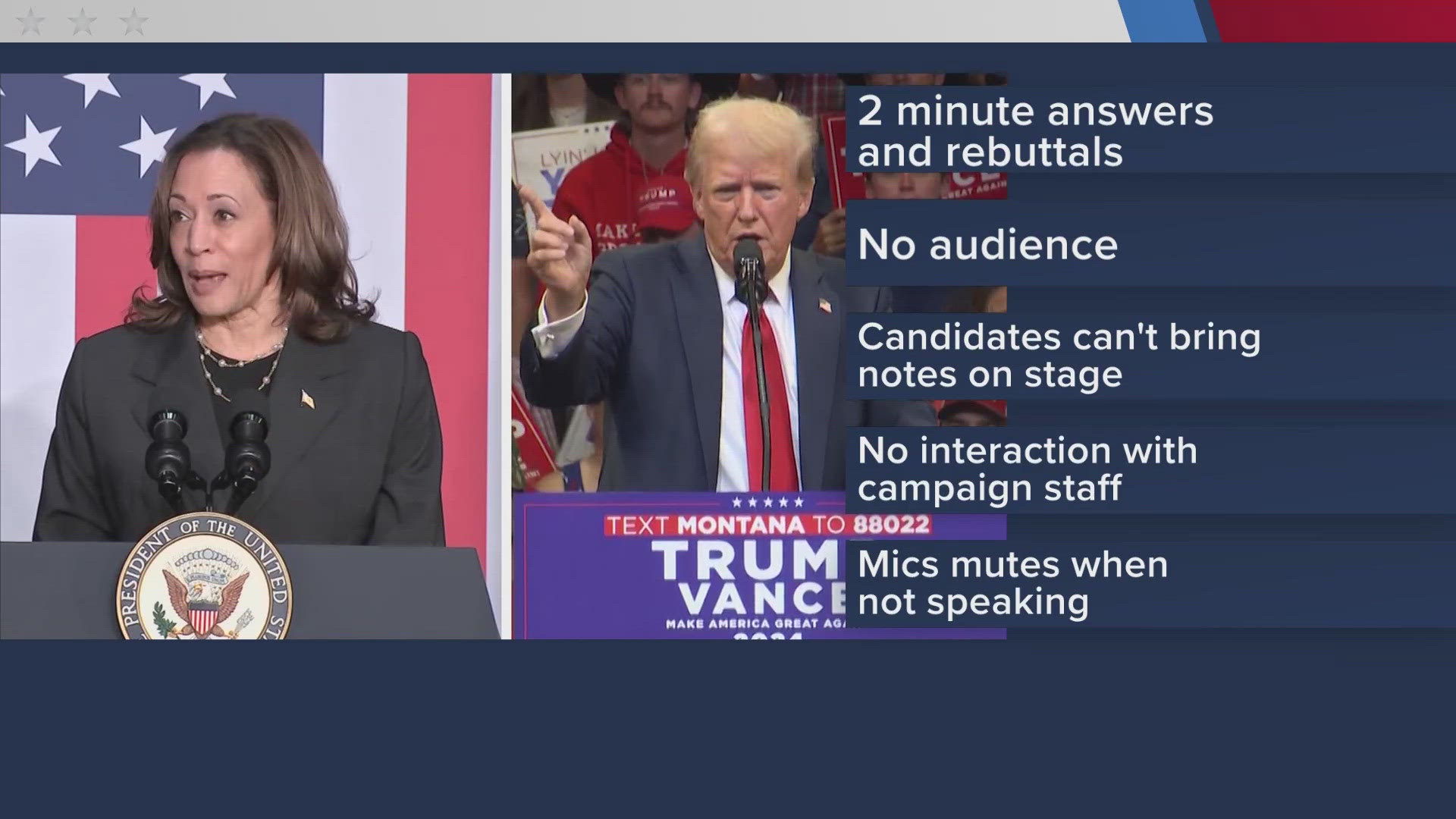Table of Contents
Introduction
Debates have long been a fundamental tool for resolving disagreements, developing critical thinking, and fostering dialogue on various subjects. One of the most important elements in any debate is debate time—the amount of time allocated to each speaker or participant to present their arguments. Managing debate time effectively can significantly influence the outcome, the quality of discourse, and the audience’s engagement. In this article, we’ll explore the significance of debate time, how it works in different formats, and best practices for both participants and organizers.
What is Debate Time?

Debate time refers to the total duration available for a debate session and the specific amount of time allocated to each participant to express their views, present arguments, or respond to others. This time limit varies depending on the debate format, the number of participants, and the complexity of the topic. Effective time management ensures that all participants have a fair opportunity to contribute and that the debate stays focused and organized.
Why Debate Time is Crucial
- Fosters Equal Participation: Debate time ensures that all participants have an equal opportunity to express their views. This promotes fairness, preventing dominant personalities from monopolizing the conversation.
- Keeps the Audience Engaged: Long, drawn-out debates can lose the audience’s attention. Structured time limits help maintain momentum and ensure that the debate moves at a pace that keeps the audience engaged.
- Teaches Critical Thinking and Time Management: For students and learners, debating within a time limit teaches essential skills like time management, prioritizing key points, and thinking on their feet.
- Promotes Resolution: Time-bound debates encourage participants to conclude their arguments and move toward a resolution, preventing endless back-and-forth discussions.
Types of Debates and Their Time Formats

Different debate formats come with their own sets of rules regarding time allocation. Below are some common types of debates and how time is structured within each.
1. Parliamentary Debate
Parliamentary debates are common in academic and competitive settings. The debate is modeled after the British parliamentary system, with two sides: the government (proposing a motion) and the opposition (arguing against it).
Time Structure:
- Prime Minister’s Speech: 7 minutes
- Leader of the Opposition’s Speech: 7 minutes
- Deputy Prime Minister’s Speech: 7 minutes
- Deputy Leader of Opposition’s Speech: 7 minutes
- Opposition Whip’s Speech: 5 minutes
- Government Whip’s Speech: 5 minutes
In parliamentary debates, the rigid time structure forces debaters to succinctly make their points while addressing key arguments from the opposition.
2. Lincoln-Douglas Debate
The Lincoln-Douglas format is a one-on-one debate that focuses primarily on values and philosophical arguments. It’s popular in high school debate competitions and is based on the historic debates between Abraham Lincoln and Stephen Douglas.
Time Structure:
- Affirmative Constructive: 6 minutes
- Cross-Examination: 3 minutes
- Negative Constructive/First Rebuttal: 7 minutes
- Cross-Examination: 3 minutes
- First Affirmative Rebuttal: 4 minutes
- Negative Rebuttal: 6 minutes
- Second Affirmative Rebuttal: 3 minutes
The relatively short speech times in Lincoln-Douglas debates help participants focus on ethical frameworks and clash directly with their opponents’ philosophical positions.
3. Policy Debate

Policy debate focuses on practical solutions and proposals regarding public policies. Teams of two argue whether a specific policy should be adopted or rejected.
Time Structure:
- First Affirmative Constructive: 8 minutes
- Cross-Examination: 3 minutes
- First Negative Constructive: 8 minutes
- Cross-Examination: 3 minutes
- Second Affirmative Constructive: 8 minutes
- Cross-Examination: 3 minutes
- Second Negative Constructive: 8 minutes
- Cross-Examination: 3 minutes
- First Affirmative Rebuttal: 5 minutes
- First Negative Rebuttal: 5 minutes
- Second Affirmative Rebuttal: 5 minutes
- Second Negative Rebuttal: 5 minutes
This debate style requires in-depth research and the ability to present evidence, so longer speech times are necessary to accommodate more complex arguments and rebutta.
Public Forum debates are typically fast-paced, and the debate time encourages participants to make clear, concise points that resonate with a broad audience.
Best Practices for Managing Debate Time
Effective time management is crucial for debaters and organizers alike. Below are some tips to help manage debate time efficiently:
- Prioritize Key Arguments: Identify the strongest points you want to make early on and prioritize them in your speech. Focus on quality over quantity.
- Practice Timing: Before participating in a debate, practice speaking within the time limits. Familiarizing yourself with the constraints can help reduce anxiety and improve delivery.
- Use the Clock Strategically: Monitor the clock and adjust your speaking pace accordingly. If you are running out of time, focus on summarizing key points rather than rushing through new material.
- Prepare for Rebuttals: Anticipate counter-arguments from your opponent and allocate time for rebuttals. Being prepared allows you to respond quickly and effectively without wasting time.
- Balance Detail and Clarity: While it’s important to provide evidence and detail, ensure that your points remain clear and easy to follow. Overly complex arguments can confuse the audience and waste valuable time.
The Impact of Poor Time Management in Debates
When debate time is not managed effectively, it can lead to several negative outcomes, including:
- Incoherent Arguments: Speakers may rush through their points, leading to poorly structured and incomplete arguments.
- Unequal Participation: One participant may dominate the conversation, preventing others from sharing their views or addressing rebuttals.
- Loss of Audience Interest: Debates that drag on without time management can become tedious, causing the audience to lose interest and miss critical points.
Conclusion
Debate time is a vital component of structured discussions, impacting the quality of the arguments, the fairness of participation, and the overall flow of the debate time. Whether in competitive formats like Lincoln-Douglas and Policy debates or more casual public forums, effective time management encourages concise, organized thinking. By prioritizing key points, practicing within time limits, and adhering to structured time formats, debaters can ensure they make the most of their speaking opportunities while maintaining the audience’s engagement and interest.
For More Information Please Visit These Websites Mindmeister